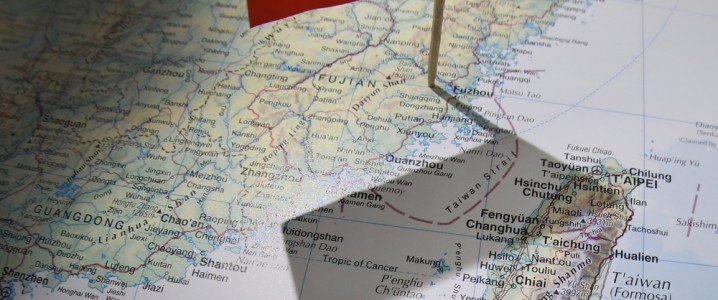
China National Offshore Oil Corporation (CNOOC) has announced significant advancements in its subsea pipeline network, which has now reached a total length of 10,000 kilometers. This achievement marks a key milestone in the country’s efforts to enhance offshore oil and gas development, as China seeks to reduce its dependency on imported energy sources. Earlier this year, the nation’s crude oil imports surpassed an alarming 12 million barrels per day.
The expansion of the pipeline network aligns with China’s broader strategy for energy transition and aims to strengthen domestic oil and gas production capabilities. According to CNOOC, the total length of the subsea pipeline network is projected to exceed 13,000 kilometers by 2030. This infrastructure will not only facilitate the transportation of oil and natural gas but may eventually accommodate other energy sources such as hydrogen and shale gas.
Major Developments in Bohai Sea
The densest portion of the pipeline network is located in the Bohai Sea, which is recognized as China’s largest offshore oil and gas production region. CNOOC reports that this area alone contains approximately 3,200 miles of pipelines. Recently, the company initiated operations at the Kenli 10-2 field in the southern Bohai Sea, identified as the largest shallow-water deposit offshore China. This project will include the commissioning of 79 development wells, comprising 33 cold recovery wells, 24 thermal recovery wells, 21 water injection wells, and one water source well. CNOOC anticipates that the Kenli 10-2 project will reach a peak production of around 19,400 barrels of oil equivalent per day by 2026.
In addition to the Kenli 10-2 project, CNOOC has announced the startup of several other production projects in the South China Sea. Notably, the Wenchang 16-2 Oilfield Development Project aims to drill 15 production wells and is expected to achieve a peak output of 11,200 barrels per day by 2027. Another significant initiative is the Phase 2 development of the Deep-Sea No. 1 natural gas project, which is projected to increase domestic gas output by 4.5 billion cubic meters annually. This project, recognized as China’s largest deepwater gas development, officially reached full capacity on June 26.
Financial Performance and Future Outlook
CNOOC, which serves as Beijing’s primary state-controlled entity for offshore oil and gas exploration, has reported impressive financial results. For 2024, the company anticipates net oil and gas production to reach approximately 720 million barrels of oil equivalent, marking a record high for the sixth consecutive year. The company also recorded a profit increase of 11.4% in 2024, amounting to $19 billion, fueled by this record production rate.
Despite a successful 2024, CNOOC is opting for a more measured growth strategy this year, prioritizing production maintenance rather than aggressive expansion. Capital expenditure is expected to remain consistent with 2024 levels. Nevertheless, CNOOC has committed to boosting the country’s natural gas reserves as part of its strategic transition away from coal. For the current year and the next two, the company’s production targets have been slightly revised downward, reflecting anticipated weakening demand for crude oil.
Even with these adjustments, CNOOC remains optimistic about future production, aiming for a net production target of between 760 million and 780 million barrels of oil equivalent in 2025, with domestic and international production making up approximately 69% and 31% respectively. This revised target is a decrease from the earlier projection of 780 million to 800 million barrels for the upcoming year but still indicates growth compared to 2024.
As CNOOC continues to develop its capabilities in the South China Sea and beyond, its efforts reflect a broader commitment to securing energy independence and transitioning towards cleaner energy sources.






